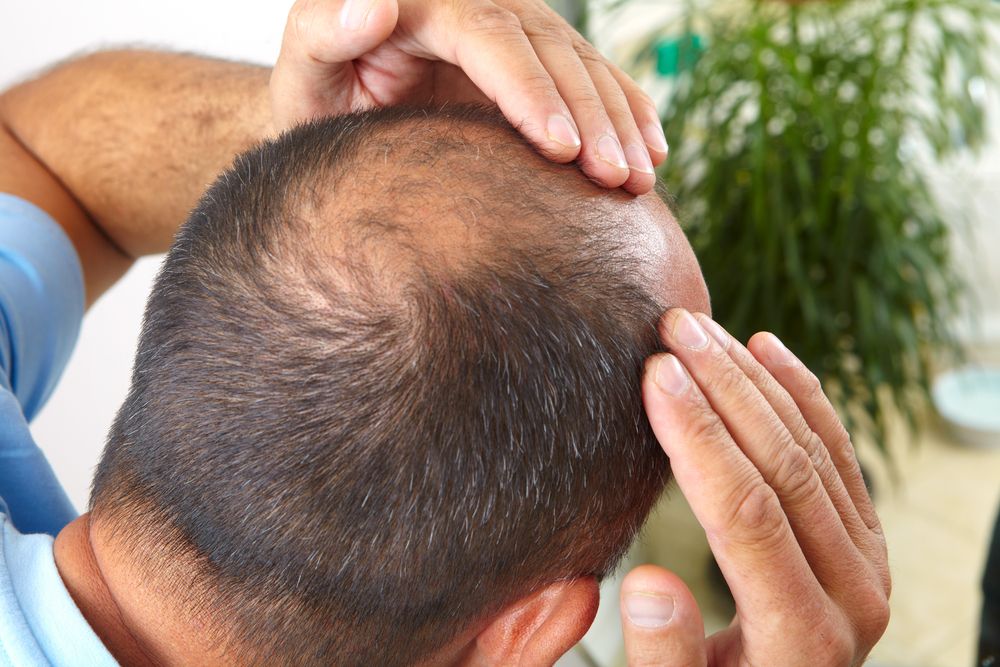How Much Hair Do I Need for Hair Transplants?
 When it comes to surgical hair loss treatment, there are numerous factors that affect the way surgery is performed. One of these factors involved the number of hair grafts needed to achieve ideal results. Many variables are at play, and they have everything to do with the patient’s unique hair loss situation.
When it comes to surgical hair loss treatment, there are numerous factors that affect the way surgery is performed. One of these factors involved the number of hair grafts needed to achieve ideal results. Many variables are at play, and they have everything to do with the patient’s unique hair loss situation.
The team at The Chicago Hair would like to cover some of the basics regarding the amount of hair needed to perform hair restoration surgery. As you’re about to find out, number alone are only part of the story.
The Average Number of Grafts Required
For the average male undergoing hair restoration surgery, about 6,000 hair grafts will be required in order to restore the appearance and density to the scalp. This number can vary depending on the amount of hair loss you’re experiencing.
How Many Grafts Can Be Taken from the Donor Area?
On average, the donor area of the scalp (located in the back of the scalp) can yield up to 8,000 hair grafts. That should be sufficient to address hair loss in many men undergoing hair transplant surgery.
The Extent of Your Hair Loss Matters
With these numbers in mind, we should note that the extent of your hair loss will play a role in the number of hair grafts needed for optimal results as well as the number of available hair grafts. For people with mild to average hair loss, this should not be an issue. If you suffer from major hair loss, you will require more grafts and will likely have a smaller donor area from which to take grafts from.
In these cases, hair restoration surgeons need to consider how to tailor the surgery to the needs of the patient and the realities of their hair loss.
Factors That May Affect the Number of Grafts Needed
In addition to the number of hair follicles to use, there are other factors that can impact the nature of the hair transplant surgery. These include:
- Skin Color and Hair Color - If you have light-colored skin and dark hair, your scalp will more easily show up through your hair. More hair grafts will be required for a desirable hair density. On the other hand, people with dark-colored skin and dark hair will typically require fewer hair grafts since the contrast of hair and skin color is low.
- Hair Thickness - People who have naturally thick hair require fewer grafts per square area of their scalp to achieve an ideal density and natural look. People with thin hair will generally require more grafts in order to achieve proper hair density results.
- Curliness of the Hair - If a person’s hair is naturally curly, this tends to help mask low-density areas of the scalp, meaning fewer grafts are required. Naturally straight hair will need more grafts in order to achieve a proper density.
The Importance of the In-Person Consultation
Given all of the considerations above, a simple calculation online will not be enough to achieve the ideal results for a patient. It’s of the utmost importance that hair restoration patients visit our practice for an in-person consultation.
During your visit, your hair restoration specialist will be able to note the extent of your hair loss, the nature of your hair, and factors affecting the health of your scalp. They can give you an honest professional assessment on what to expect during the procedure.
Contact Chicago Hair Institute
To learn more about hair restoration treatments and whether or not they are a good option for you and your needs, be sure to contact our team of hair loss treatment specialists. The team at Chicago Hair Institute is here to help you make the right decisions regarding hair restoration.





